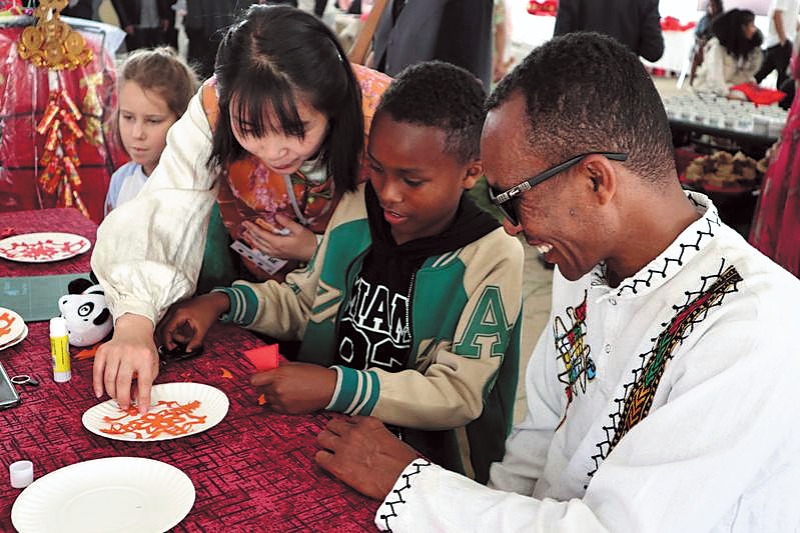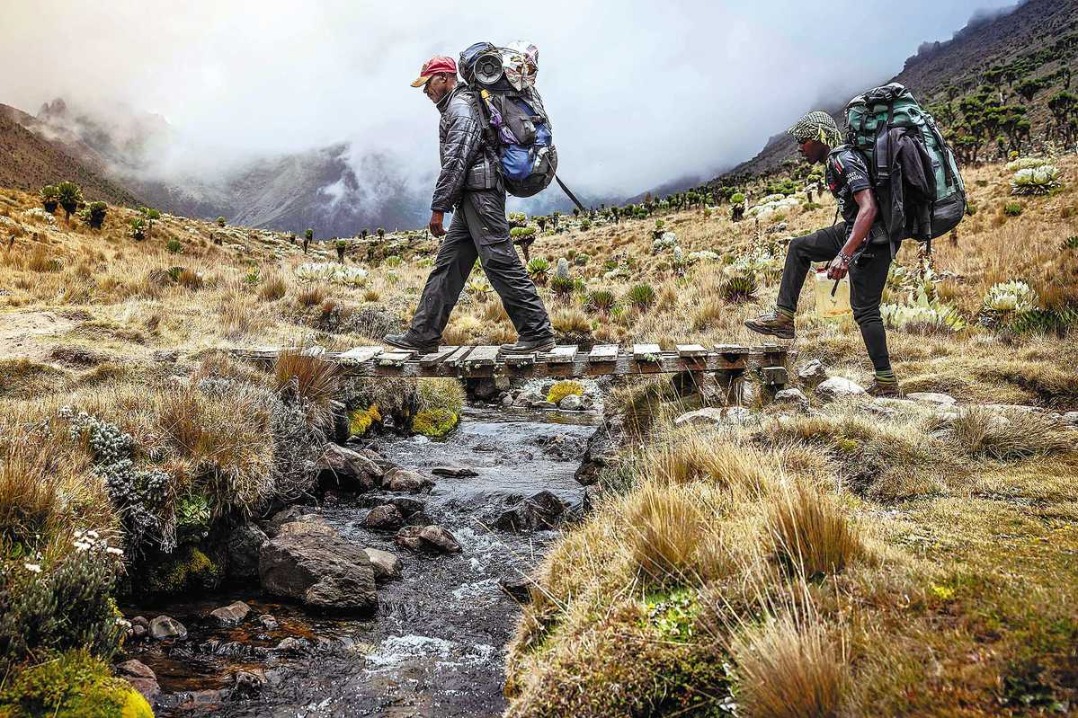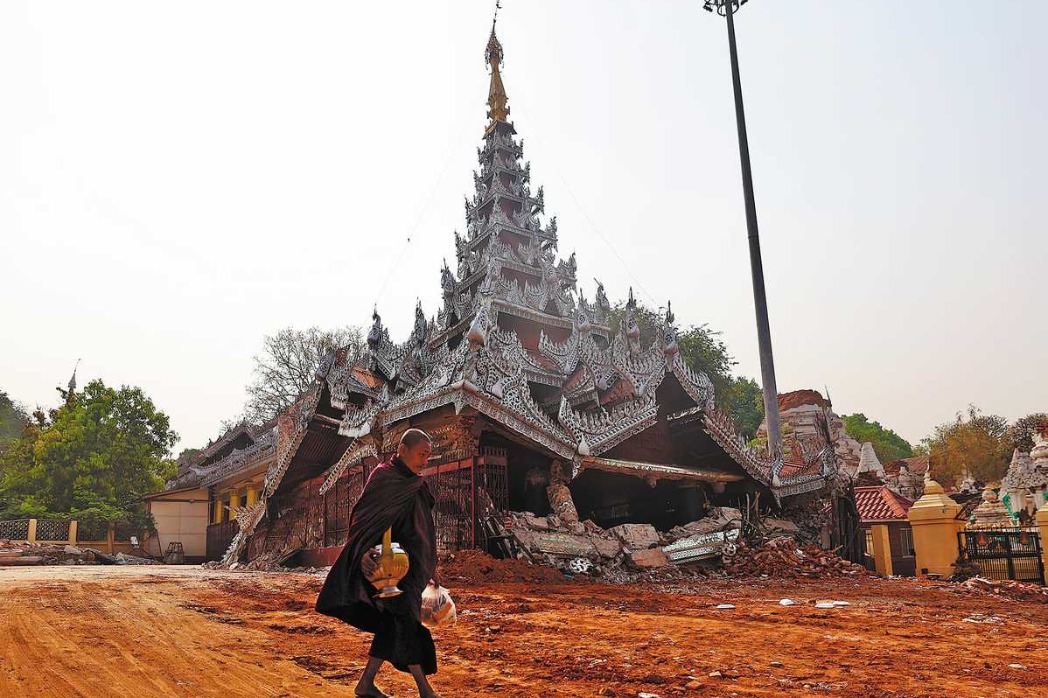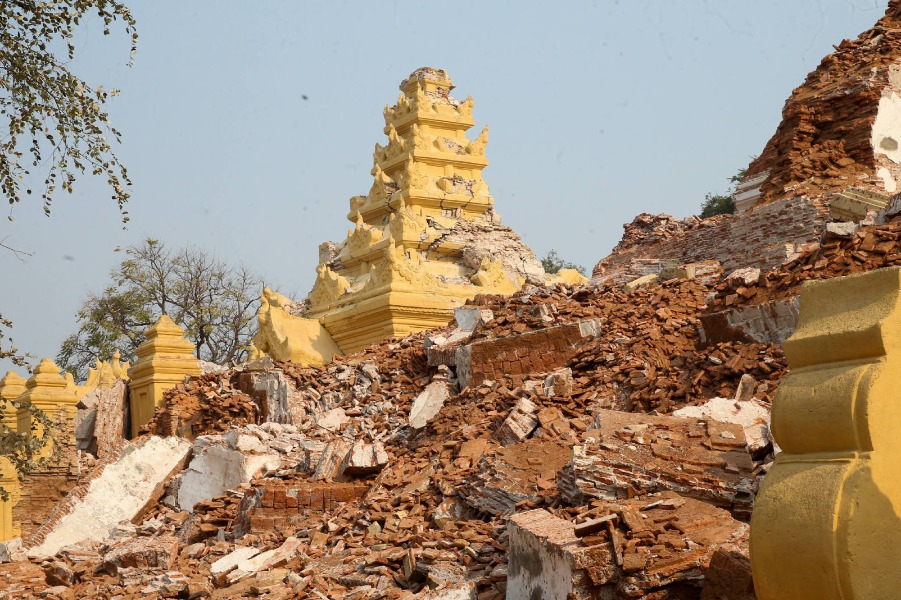China issues report on US' democracy

(3)?Tragic mishandling of the COVID-19 pandemic
With the best?health and medical resources in the world?as it claims, the US?has been?a total mess when it comes to COVID response.?It?has the world's highest numbers?of infections and deaths.
According to figures released by?Johns Hopkins University, as of the end of?November 2021, confirmed COVID-19?cases in the US had exceeded 48?million, and the number of deaths had surpassed?770,000,?both the highest?in the world.
On 8 January this year, 300,777 new confirmed cases?were reported, a record single-day increase since?the?COVID-19 outbreak in the US. On 13 January?alone, 4,170 Americans died of COVID-19, far exceeding?the?death toll of the?9/11?terrorist attacks.
At the end of November, the?average daily increase of confirmed?cases in the US had climbed?to over?70,000, and daily death toll?to over 700.
One in every 500 Americans have died of COVID-19. Up to now,?COVID-19?deaths?in the US have?surpassed its total death toll from?the 1919 Influenza Pandemic, and its?combined deaths in World War I, World War II, the Korean War, the Vietnam War, the Iraq War and the war in Afghanistan.
If the US?had taken a science-based response, a lot more lives could have been saved. The pandemic, as epidemiologist and former head of the US Centers for Disease Control and Prevention William Foege put it, is?a?"slaughter".
The pandemic has taken a heavy toll on the US?economy. The rate and scale of business shutdown and unemployment in the country are beyond imagination, leaving a large number of Americans jobless. People's?anxiety and sense of powerlessness has been exacerbated by growing factors of social instability.
The COVID Hardship Watch released by the US Center on Budget and Policy Priorities on 29 July 2021 suggests that while there have been improvements over the situation in December 2020, hardship is widespread for Americans in the first half of 2021. Some 20 million adults live in households that have not got enough to eat, 11.40 million adult renters are behind on rent, facing the risk of being evicted.
As indicated in the statistics released by?the US Census Bureau, by 5 July 2021, at least one member in 22% of all households with underage dependents had lost their source of income.
US consumer confidence has dropped substantially, and progress in job market recovery has stalled. Institutions such as Goldman Sachs, Morgan Stanley and Oxford Economics have significantly revised down growth forecasts for the US economy. At the same time, the pandemic, coupled with?three rounds of massive economic stimulus plans, among other factors, has caused port congestion and supply shortages, pushing inflation higher. In October of this year, US CPI surged by 6.2% from a year earlier, marking a year-on-year rise of no less than?5% for six consecutive months, and a record high since 2008.
The root cause of the continued spread of the coronavirus?in the US?is not a dearth of science,?but the refusal to trust?and rely on science. For the sake of elections, some politicians have prioritized?partisan?interests over national interests, politicized?pandemic response, and focused on shifting blames on others. The federal and state governments have failed to?galvanize a concerted response to the pandemic, and are mired in infighting instead. As a result,?pandemic response measures have been severely politicized. The choices with regard to vaccination and mask-wearing have become a bone of contention between?the?parties and among the people. There appears a growing?trend of?anti-intellectualism.
A report by the French newspaper Le Monde?observes?that the COVID-19 crisis has highlighted the fragility of democracy?in the US. The extremely expensive health system, reserved for the rich and leaving the poorest without social security, has made this country, yet one of the most developed in the world, fall behind due to social injustice. This is a typical case of a democratic drift that makes it impossible to effectively manage a crisis.
Stanford News notes?that, in the area of public health,?the COVID-19 pandemic has disproportionately impacted communities of color and has highlighted the health disparities between Black Americans, whites and other demographic groups.

































